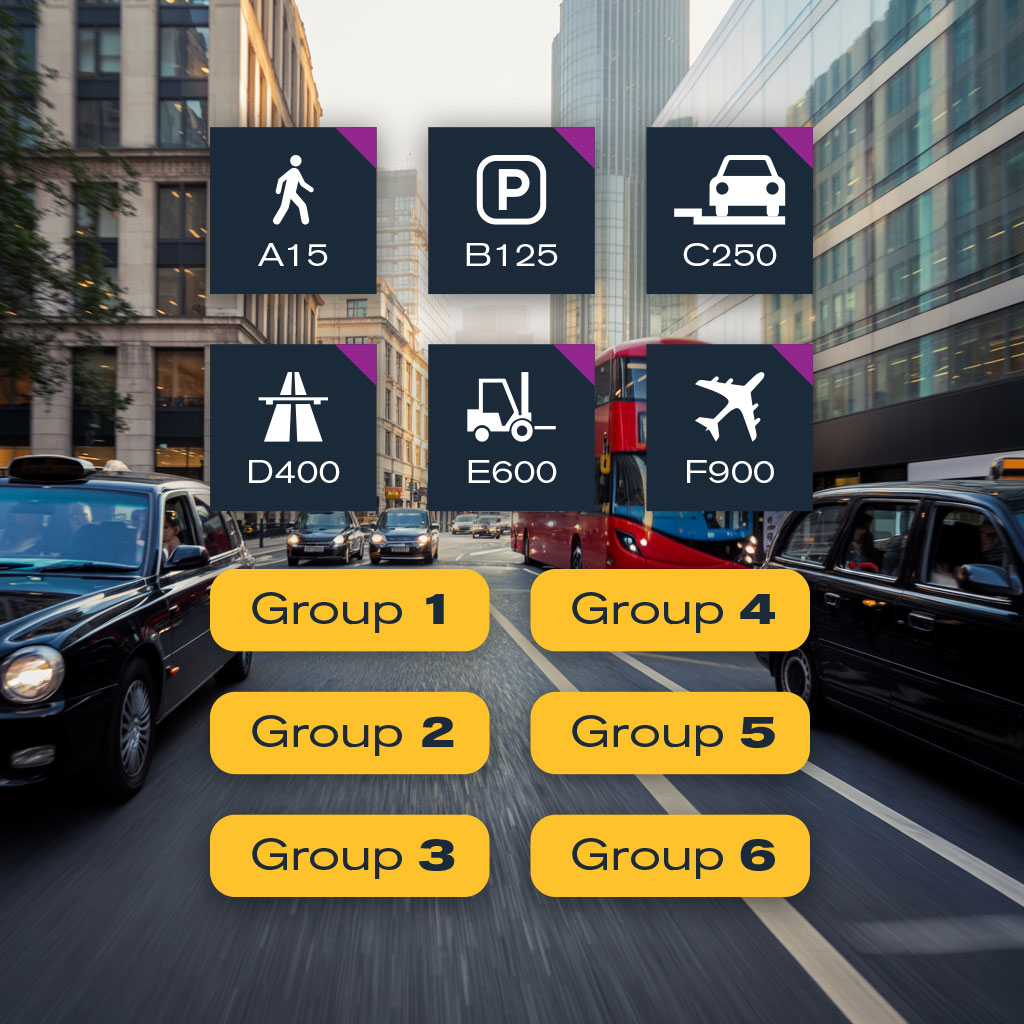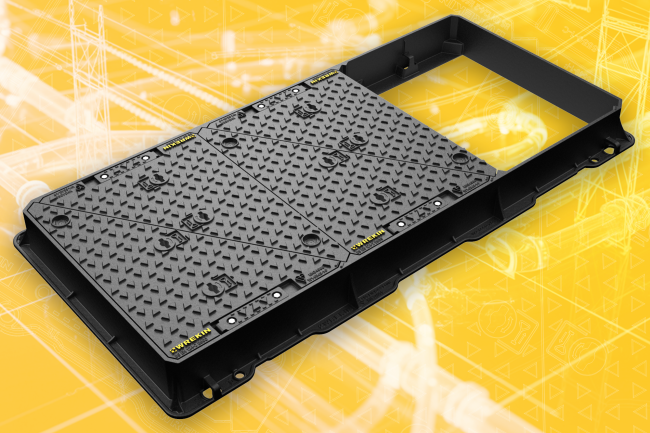
Blog
Why ironwork Group matters just as much as Class and why it’s time we paid attention to both
06 June 2025
Specifying ironwork by load class alone, such as E600, doesn’t guarantee long-term performance or compliance. This blog explains why Group classification defined by BS EN 124 is just as important, taking into account factors such as vehicle type, tyre construction and traffic volume. With CD 534 requiring E600 ironwork where AADT for LGVs exceeds 1,500 per direction, it’s clear that real-world conditions, not just point load tests, must drive specification decisions. Getting both Class and Group right is essential for safe, durable and cost-effective installations.
It's not all about classWhen it comes to specifying ironwork, it’s often assumed that selecting the right Class under BS EN 124 is enough to ensure a long-lasting and compliant installation. But the reality is that’s only part of the story. As an example, Load Class E600 would suggest to us that a cover or grating can withstand a 600kN traffic load. But what it doesn’t tell us is where that ironwork can be safely and effectively used. That’s where BS EN 124 Group classifications come in, and ignoring them can lead to costly, even dangerous, mistakes. 
Understanding Class versus GroupUnder BS EN 124-2, ironwork is sorted into load Classes like B125, C250, D400, E600 and F900, depending on the maximum test load it can withstand. An E600 product, for example, is tested to resist up to 600kN of force applied as a spread, centralised point load. But that’s only half the picture. BS EN 124 also groups locations based on actual use, the type of traffic expected and, if this is wheeled traffic, whether the load is applied via pneumatic tyres or not. This includes everything from light estate roads to major motorways and airport runways. Why does this matter? Because it’s not just about traffic weights, it’s about how that load is applied to the ironwork and supporting foundation. Top blogsWhy Group is criticalTake E600 again. It’s designed for areas with expected high wheel loads, like; industrial estates, roads with significant HGV presence or high intensity traffic. In these circumstances, specifying E600 alone may not make it right for every high-load location. For example, solid-tyred forklifts or tracked vehicles apply a very different kind of stress than pneumatic-tyred lorries, and that’s not necessarily reflected in Load Class alone as the ironwork may have been designed to accommodate certain types of traffic found in a specific Group location. That’s where the BS EN 124 Group system steps in, and why CD 534’s emphasis on usage context is so important. Group 4, for instance, is intended for heavily trafficked carriageways. It considers not just load, but load behaviour such as dynamic forces, wheel & tyre type, and vehicle frequency. All key to long-term performance. In short, a cover might be E600 rated, but may not be optimised for use in a Group 5 dockyard or Group 4 main road if it wasn’t specifically designed for the traffic expected in those conditions. 
What CD 534 tells usCD 534 is part of the Design Manual for Roads and Bridges (DMRB) and makes it very clear: Class alone isn’t enough to ensure a fit-for-purpose installation in the Group 4 carriageway locations covered by this document. One key stipulation is that “where the AADT LGV (Annual Average Daily Traffic of Large Goods Vehicles) for a carriageway exceeds 1,500 in each direction, grade E600 chamber tops shall be specified.” This isn’t just about volume, it’s about understanding the impact of high-repetition, high-weight vehicle movements. It goes further, reinforcing the need for:
These aren't arbitrary figures. They’re engineered responses to real-world conditions, especially in Group 4 and higher locations, where bedding failure, fatigue and ironwork wear are all accelerated by heavy, high-frequency traffic. Read our guide to National Highways CD 534 Real-world risk: more than just the loadWe’ve seen in industry reports like WRc’s Street Ironwork – Effective Management, that premature installation failure is often down to bedding degradation and repeated flexing, not single overloading events. Specifying a high Load Class without considering Group may not stop this. If the traffic’s load application characteristics exceed what the product was designed for, it may be vulnerable to failure will fail, regardless of its load rating. The right spec, every timeThat’s why at Wrekin, we make it easy to get it right. Our product ranges like Unite and Highway are not only Load Class certified, they’re designed with BS EN 124 Group compliance in mind, and we go to extra lengths to make this data clear across our specification materials. We factor in flange area, frame depth, skid resistance and vehicle type. Our features include; low-wear seating and fatigue-resistant frames which go beyond BS EN 124 to address real-world failure modes. 
In summary
|





















































































































































